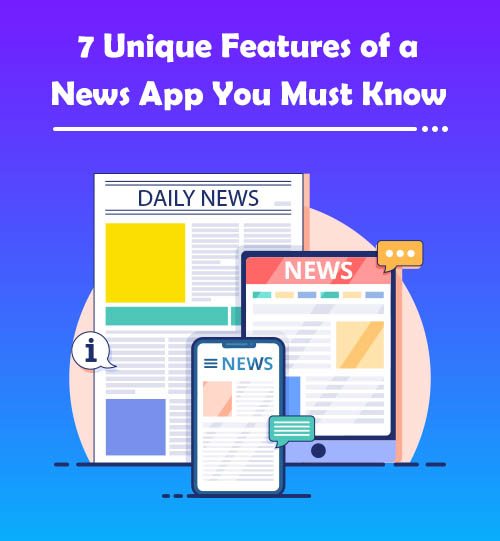In this age of technological growth, the demand for mobile apps has increased drastically. They help businesses to gain a much-needed competitive edge in the market and drive their growth. Thus, mobile apps have evolved from being a simple app to a mission-critical platform.
Mobile applications are generally categorized into two types – Native app and Hybrid app. The choice of the app depends on business goals and user expectations. While Native apps are developed for a specific platform, hybrid mobile apps are known for their adaptability across various platforms. This concept boils down to building a single application that operates seamlessly on Android and iOS.
Below, we have outlined the key benefits of hybrid mobile app development and why it is a perfect fit for your business.
Advantages of a Hybrid App to Businesses
Low cost
Since hybrid app development is a unified approach, you don’t have to spend separately for creating different apps for different platforms. Hybrid app frameworks allow developers to build a single app version, along with writing and maintaining individual codebases for multiple platforms. Thus, this approach can help you save a significant amount of money.
Another secret benefit of this approach is that you can release the MVP to hit the market before your competitors.
Native Experience with Simple Backend
A hybrid app provides excellent user experience like a native app, along with simplifying the backend structure. You can consult with a hybrid app development company to choose the best hybrid framework and create a UX that connects to device-specific functionalities. Also, the UX of a hybrid app stays seamless while fixing bugs and updating the app, and users feel no difference if they shift from one device platform to another.
Enhanced UI/UX
Consistent performance and attractive designs are two key elements that drive more users to an application. With hybrid mobile app development, you can ensure appealing and intuitive UI/UX on each platform. Due to this, these apps are more welcomed to the app store and play store than native apps. Moreover, users don’t encounter issues like low performance or loading time while using a hybrid app. This makes the hybrid app a preferable choice for businesses that seek maximum user engagement on both Android and iOS operating systems.
High-Speed Performance
Hybrid applications have set mighty standards in terms of speed and performance. In fact, they run even faster than responsive and progressive apps, owing to no dependency on network communication. Besides, a hybrid app exhibits high speed on all devices, even if there is a massive amount of traffic. For instance, Twitter and LinkedIn, which handle an overwhelming amount of users, have proven their high speed and performance standards.
Offline Support
Like Native apps, hybrid applications also use the device’s API to store useful data offline. This feature benefits those users who have limited data consumption plans, live in underdeveloped areas, or have a connection that often gets interrupted. With offline usage capabilities of a hybrid app, users can still access some of the app’s features even if there is no internet connection. Thus, they can use your mobile app without frustration.
Ease of Integration
Since hybrid apps use the device’s programming language to synchronize with other compatible applications, developers don’t have to face hassles associated with the integration. As a result, hybrid applications work perfectly with cameras, messaging, GPS, and other device’s environment to deliver the best user experience. This can also contribute to enhancing users’ satisfaction as well as their reliability on your app.
Easy Maintenance
Easy maintenance is another advantage of hybrid mobile app development. For native applications, the app developers have to introduce new versions with each update. Also, users have to update their apps with the release of every new version. However, a hybrid app avoids versioning and makes app maintenance as easy as updating a web page, that too, in real-time.
Final Words
Due to the fierce competition in the market today, it is imperative to invest in the approach that demands lower cost and offers more benefits. Hybrid apps not only resolve the issue of targeting different platforms with different apps but also help in finding the quickest spot in the online app store market. So, if you want to stay unparalleled and grow exponentially, collaborate with an experienced hybrid app development company.












